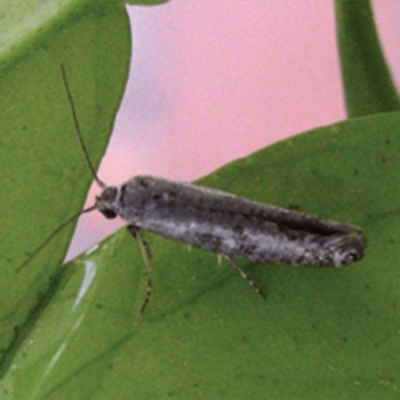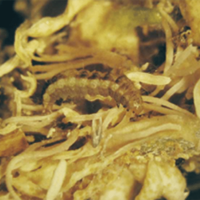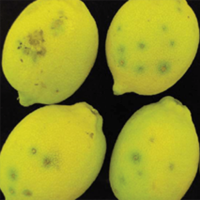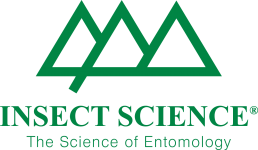Host plants
All citrus species are attacked, with a particular preference for Citrus limon (lemons) and Citrus aurantifolia (limes). In addition, Chinese privet, Ligustrum lucidum (Oleaceae) and sapodilla, Manilklara zapota (Sapotaceae) are known to be hosts elsewhere.
Damage
Citrus flower moth larvae are particularly destructive to blossoms and young fruit which occur in spring and mid-summer. The injury is caused by the larvae eating into the flower parts (illustrated) or by webbing them together. Damaged flower buds and flowers quickly wilt and are shed.
Citrus flower moth eggs, laid on fruitlets, desiccate and become white, appearing similar to red scale white caps. Penetration of the fruit by the neonate larva is generally very superficial and is often marked by gumming of the fruit. Penetration marks (illustrated) are initially fairly small, but once the fruit matures, they appear as brown necrotic scars, which can lead to the fruit being downgraded. This damage is not dissimilar to some leafhopper damage. However, the egg shell is usually noticeable in the centre of the scar, which indicates damage caused by citrus flower moth. Severe levels of infestation can cause substantial fruit drop and a reduction in the crop. Older larvae can consume entire blossoms and pea-sized fruitlets.
Citrus flower moth is historically a sporadic and minor pest on the flowers of lemons and limes. However, in recent years it has become a more regular pest, particularly causing damage to fruit up to a golf-ball size.
Life history
The life cycle of this moth in southern Africa has not been studied in detail. In the laboratory, citrus flower moth had 15 overlapping generations a year, each lasting 14-47 days depending on the time of year and the associated temperature. The egg stage lasted 2-6 days, the larval stage 7.25 days, the pupal stage 3-10 days and the adult stage 2-18 days. Females laid 39-334 eggs each. In the field, there are about 11 generations per year.
Natural enemies
There are a number of larval parasitoids of citrus flower moth. Of these, an unidentified species of the parasitic wasp genus Chelonus (Braconidae) is the most important.
Management
During spring, blossoms should be inspected for the presence of, or damage by, citrus flower moth larvae. This can be done in conjunction with scouting for other pests, such as bollworm or evaluation of blossom malformation by bud mite. A pheromone lure is commercially available and can be used either in a delta or bucket trap. Although no threshold for intervention has been determined yet, it has been established that high levels of infestation of blossoms are associated with extremely high trap catches.
Treatments should be applied against the first generation of larvae which attack blossoms, in order to prevent the development of a second generation which could attack the small fruit. Effective control of eggs laid on fruit by this second generation is very difficult. As hatching larvae penetrate directly from the floor of the egg into the rind of the fruit, they will not be directly exposed to spray residues.
No plant protection products are registered for the control of citrus flower moths. Historically control of this pest has rarely been necessary. However, this has changed somewhat of late. Citrus flower moth will be easily controlled with any organophosphate, carbamate or pyrethroid used for the control of other concurrent pests. Bacillus thuringiensis is used for certain European countries for controlling citrus flower moth. Trial work in South Africa has confirmed this efficacy. Once eggs have been laid on fruit, achieving satisfactory control is difficult. Trials revealed better results against eggs with the insect growth regulator, triflumuron, than with any other product.








